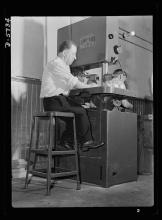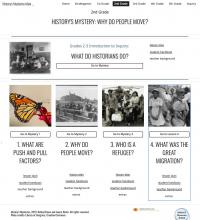When the Founding generation talked about the pursuit of happiness they had specific ideas in mind– a tranquility or contentment–the ability to look back on one’s life and feel satisfied with one’s decisions and behavior. To that generation, living a virtuous life was key to human happiness.
Kelley Brown, The Pursuit of Happiness:
Teaching about civic virtues and the Constitution in every grade
Published on Wed, 04/12/2023







